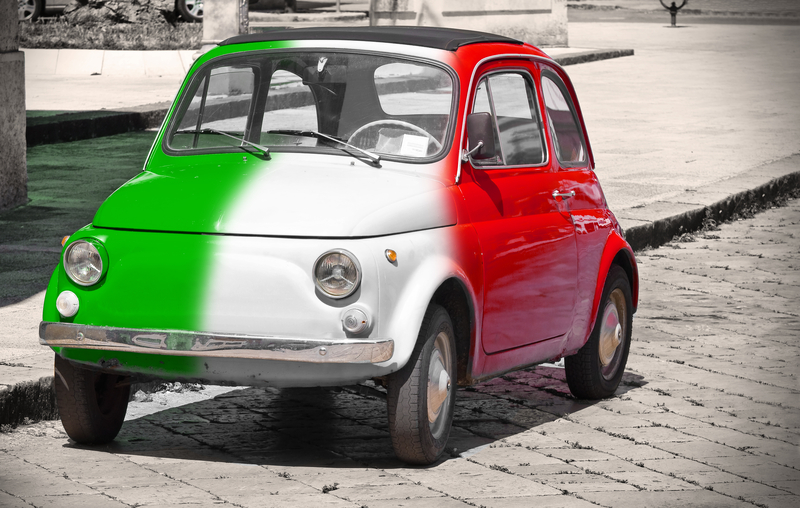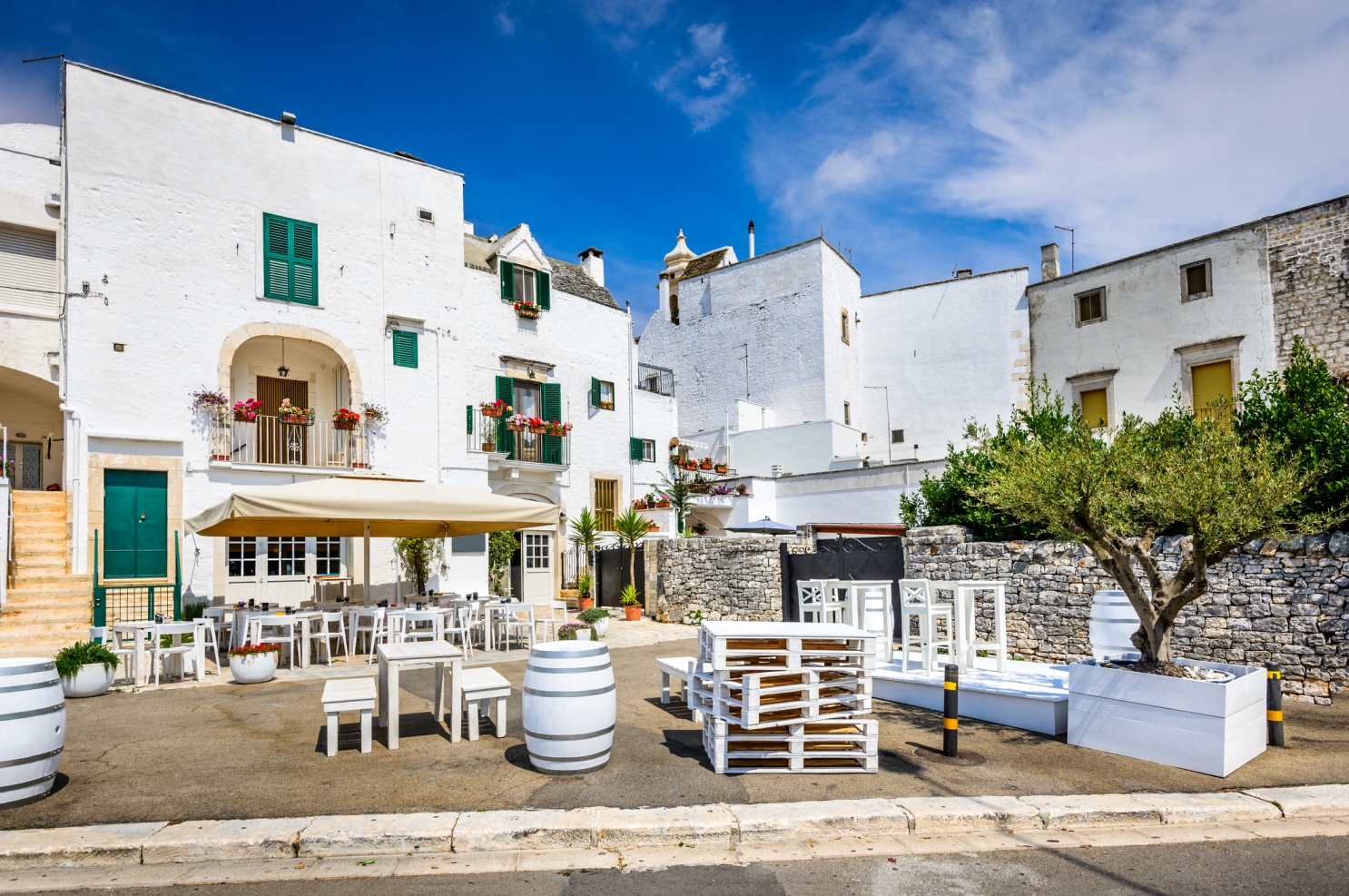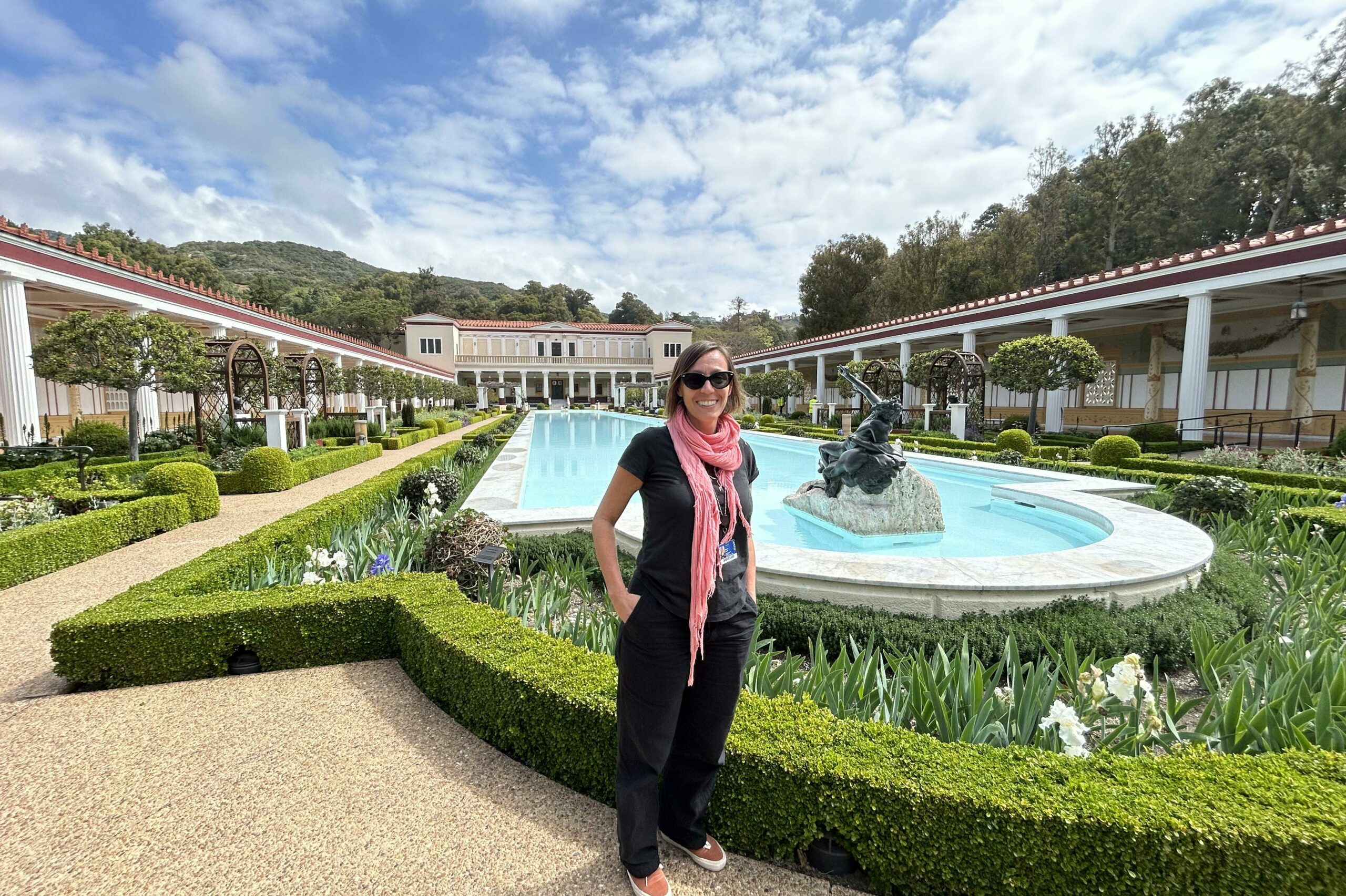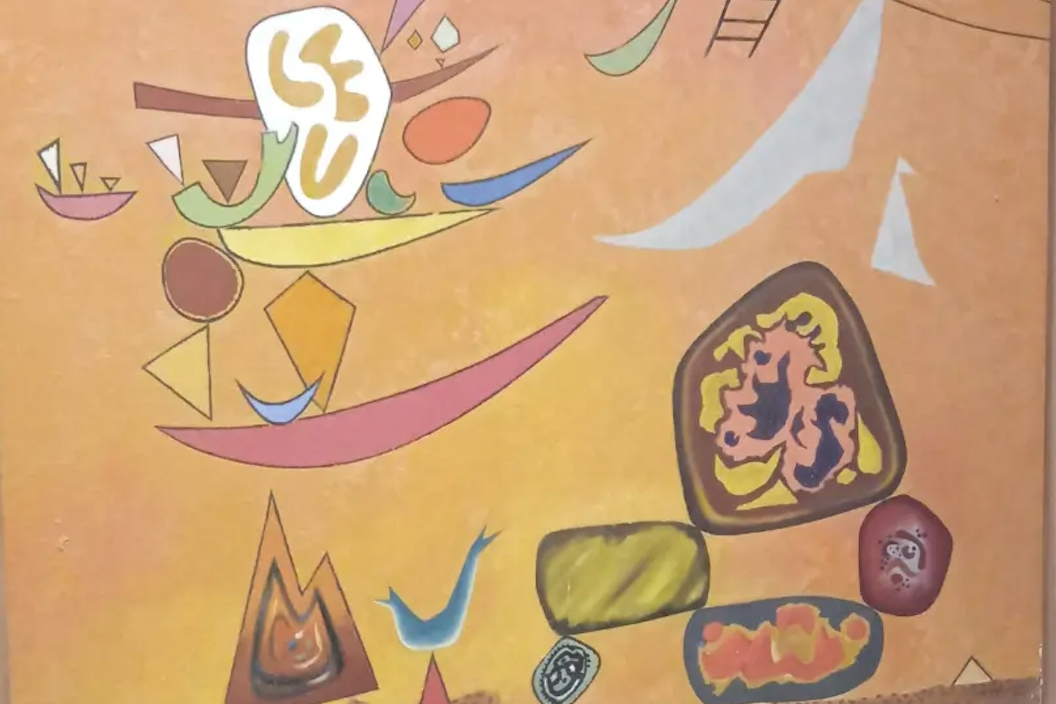In the heart of every Italian-American beats the rhythm of the old country, right? The aroma of simmering tomato sauce, the pleasure of long meals at grandma’s, the feeling of community, and of “belonging” to a large, international family with roots on both sides of the Atlantic are like threads woven into the rich fabric of our heritage. Of course, you know there are large Italian communities not only in the US but everywhere in the world, as we Italians have always been a people of travelers. What may, however, come as a surprise is the fact that there are more people with an Italian heritage around the world than there are Italians in Italy.
Italy, a country renowned for its art, culture, and cuisine, is home to approximately 60 million people. However, the global Italian family is much larger: current estimates suggest that there are at least 80 million people of Italian ancestry scattered across the globe. From the bustling streets of Buenos Aires to the vibrant neighborhoods of Boston, the Italian spirit thrives everywhere!
This global Italian diaspora is the result of three significant waves of emigration from Italy. The first wave, in the late 19th and early 20th centuries, saw millions of Italians leave their homeland in search of better economic opportunities, the second wave, post-World War II, was driven by the devastation of the war and the desire for a fresh start; the third wave, finally, has been primarily affecting young people, and is thought to be occurring now, due to the socioeconomic problems caused by the financial crisis of the early 21st century. Many call it the “brain-drain” diaspora, but we prefer to think about it as an exchange of knowledge and skills that can benefit all.
As most of our beloved readers know, the Italian diaspora has created vibrant Italian-heritage communities worldwide and these communities maintain strong ties with their Italian roots, celebrating traditional festivals, preserving Italian culinary traditions, and passing down the Italian language to younger generations.
And here is where things become even more interesting because these millions of people of Italian descent could potentially be eligible for Italian citizenship. Italy has a unique law that grants citizenship to those who can demonstrate Italian ancestry, practically no matter how far back. This law is based on the principle of jure sanguinis or “right of blood,” which considers anyone of Italian descent to be a possible Italian citizen.
To be potentially eligible for Italian citizenship by descent, an individual must have an ancestor who was born in Italy, was alive and not yet a citizen of another country as of March 17, 1861 (the date of the Italian Unification), and did not naturalize in another country before July 1, 1912. If the ancestor never naturalized, the current descendant automatically qualifies.
However, the process is not without its complexities. For example, women could not generally pass on Italian citizenship to children until January 1, 1948. Thus, if a prospective applicant has any female ancestors whose child was born before this date, they must seek recognition in court as opposed to the consular (administrative) path.
Once the descendant has confirmed that the Italian ancestor meets the criteria, they must gather the supporting documentation necessary to demonstrate the same to the satisfaction of the Italian government. This documentation can include old passports, birth certificates, marriage certificates, genealogical evidence, national population registry records, ship manifests, Ellis Island records, church records, and more.
So, the Italian diaspora has created a global Italian family larger than the population of Italy itself. This vast network of Italians and Italian descendants around the world contributes to the beauty and wealth of Italian culture worldwide: a mutual process of enrichment and growth that brings together the past and present to create an even brighter future for all nations involved.
Nel cuore di ogni italo-americano batte il ritmo del vecchio Paese, giusto? L’aroma della salsa di pomodoro bollente, il piacere dei lunghi pasti dalla nonna, il senso di comunità e di “appartenenza” a una grande famiglia internazionale con radici in entrambe le sponde dell’Atlantico sono come fili intrecciati nel ricco tessuto del nostro patrimonio. Certo, sappiamo che ci sono grandi comunità italiane non solo negli Stati Uniti ma ovunque nel mondo, poiché noi italiani siamo sempre stati un popolo di viaggiatori. Ciò che può sorprendere, tuttavia, è il fatto che ci sono più persone con un patrimonio culturale italiano nel mondo che italiani in Italia.
L’Italia, Paese rinomato per la sua arte, cultura e cucina, ospita circa 60 milioni di persone. Tuttavia, la famiglia italiana globale è molto più numerosa: le stime attuali suggeriscono che ci siano almeno 80 milioni di persone di origine italiana sparse in tutto il mondo. Dalle animate strade di Buenos Aires ai vivaci quartieri di Boston, lo spirito italiano prospera ovunque!
Questa diaspora italiana globale è il risultato di tre significative ondate di emigrazione dall’Italia. La prima ondata, tra la fine dell’Ottocento e l’inizio del Novecento, ha visto milioni di italiani lasciare la propria terra alla ricerca di migliori opportunità economiche, la seconda ondata, post-seconda guerra mondiale, è stata spinta dalla devastazione della guerra e dal desiderio di una nuovo inizio; la terza ondata, infine, interessa soprattutto i giovani e si pensa che si stia verificando ora, a causa dei problemi socioeconomici causati dalla crisi finanziaria dell’inizio del XXI secolo. Molti la chiamano la “fuga di cervelli”, ma noi preferiamo pensarla come uno scambio di conoscenze e competenze che può portare benefici a tutti.
Come la maggior parte dei nostri amati lettori sa, la diaspora italiana ha creato vivaci comunità di eredità italiana in tutto il mondo e queste comunità mantengono forti legami con le loro radici italiane, celebrando feste tradizionali, preservando le tradizioni culinarie italiane e tramandando la lingua italiana alle giovani generazioni.
Ed è qui che le cose si fanno ancora più interessanti perché questi milioni di persone di origine italiana potrebbero potenzialmente avere diritto alla cittadinanza italiana. L’Italia ha una legge unica che concede la cittadinanza a coloro che possono dimostrare origini italiane, praticamente non importa quanto tempo fa. Questa legge si basa sul principio del jure sanguinis o “diritto di sangue”, che considera chiunque abbia origini italiane come un possibile cittadino italiano.
Per essere potenzialmente idoneo alla cittadinanza italiana per discendenza, un individuo deve avere un antenato nato in Italia, vivo e non ancora cittadino di altro Stato alla data del 17 marzo 1861 (data dell’Unità d’Italia), e non naturalizzato in un altro Paese prima del 1 luglio 1912. Se l’antenato non è mai stato naturalizzato, l’attuale discendente si qualifica automaticamente.
Tuttavia, il processo non è privo di complessità. Ad esempio, le donne non potevano generalmente trasmettere la cittadinanza italiana ai figli fino al 1° gennaio 1948. Pertanto, se un aspirante richiedente ha antenate di sesso femminile il cui figlio è nato prima di questa data, deve chiedere il riconoscimento al tribunale anziché all’autorità consolare (amministrativa).
Una volta che il discendente ha confermato che l’antenato italiano soddisfa i criteri, deve raccogliere la documentazione necessaria a dimostrarlo per il beneplacito del governo italiano. Questa documentazione può includere vecchi passaporti, certificati di nascita, certificati di matrimonio, prove genealogiche, registri nazionali della popolazione, manifesti di navi, registri di Ellis Island, registri ecclesiastici e altro ancora.
La diaspora italiana ha creato una famiglia italiana globale più grande della stessa popolazione italiana. Questa vasta rete di italiani e discendenti italiani nel mondo contribuisce alla bellezza e alla ricchezza della cultura italiana nel mondo: un processo reciproco di arricchimento e crescita che unisce passato e presente per creare un futuro ancora più luminoso per tutte le nazioni coinvolte.




























